The African savanna is home to many remarkable predators, but few hunt with the distinctive style and deadly efficiency of the secretary bird. Standing nearly 4 feet tall with elegant gray plumage and unmistakable black leg feathers that resemble pants, these birds of prey have developed a hunting technique that separates them from their aerial counterparts – they stomp their prey to death with incredible force and precision. This article explores the fascinating hunting behavior of secretary birds, examining how and why these magnificent creatures have evolved to become nature’s most elegant stompers.
The Unique Anatomy of Secretary Birds
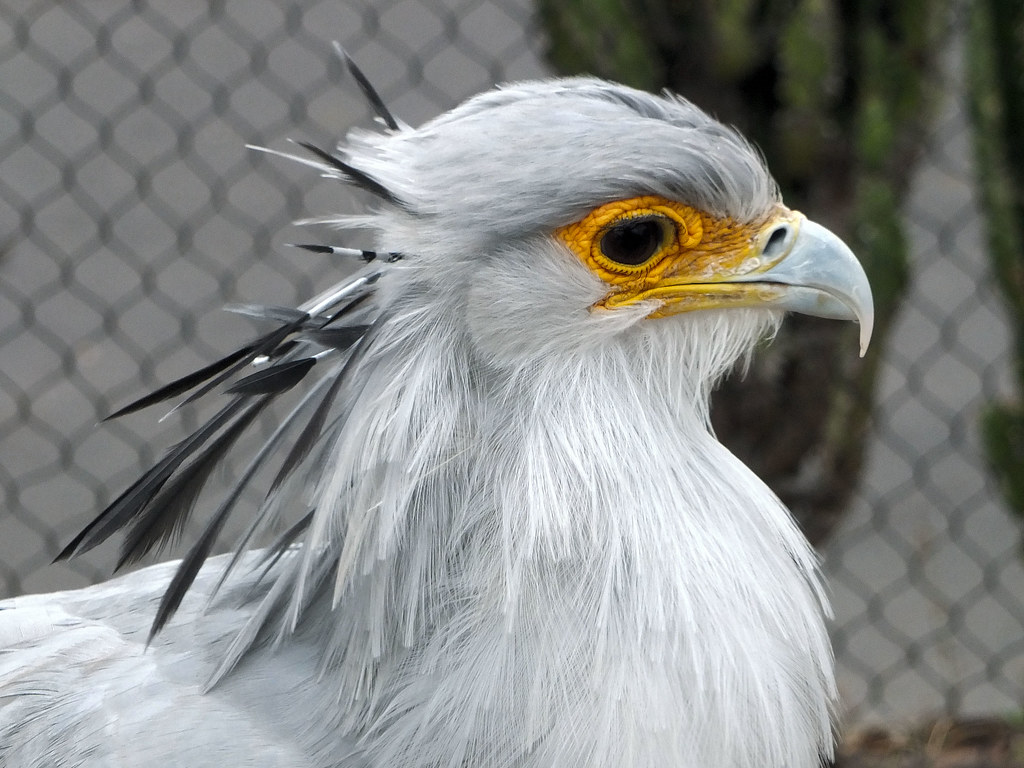
Secretary birds (Sagittarius serpentarius) stand out among raptors with their distinctive appearance that combines eagle-like features with extraordinarily long legs. Standing up to 4 feet (1.3 meters) tall, these birds possess a light gray body, black flight feathers, and bare orange-red facial skin. Their most notable feature is their disproportionately long, powerful legs that have evolved specifically for terrestrial hunting. Unlike most birds of prey that primarily use their talons and beaks to capture and kill prey, secretary birds have developed legs that function as precision striking weapons. These specialized limbs allow them to deliver devastating blows while maintaining a safe distance from potentially dangerous prey like venomous snakes.
Masters of the Savanna
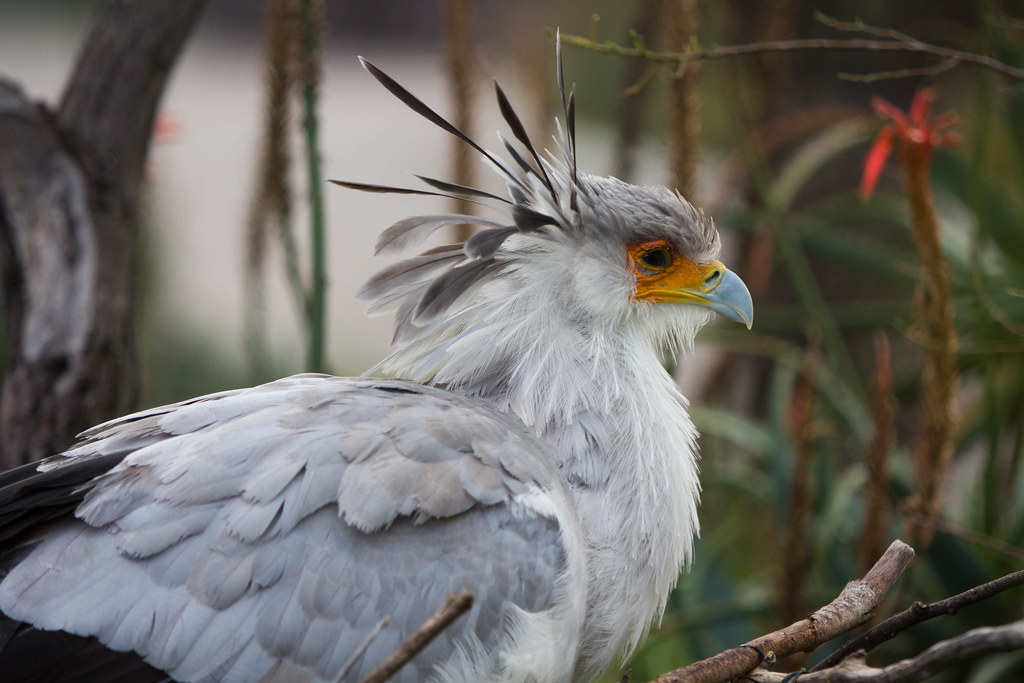
Secretary birds are primarily found across sub-Saharan Africa, where they patrol grasslands, savannas, and semi-arid regions with a regal, purposeful stride. Unlike most raptors that soar and dive, these birds spend approximately 70% of their day walking, covering impressive distances of up to 20 miles daily in search of prey. Their habitat preference for open areas with short grass enables them to spot potential meals from a distance and gives them the necessary space to execute their specialized hunting technique. These birds have become perfectly adapted to the savanna ecosystem, filling a unique ecological niche as ground-hunting avian predators who can effectively control populations of small mammals, birds, and reptiles that might otherwise flourish without natural predators capable of safely hunting them.
The Science Behind the Stomp
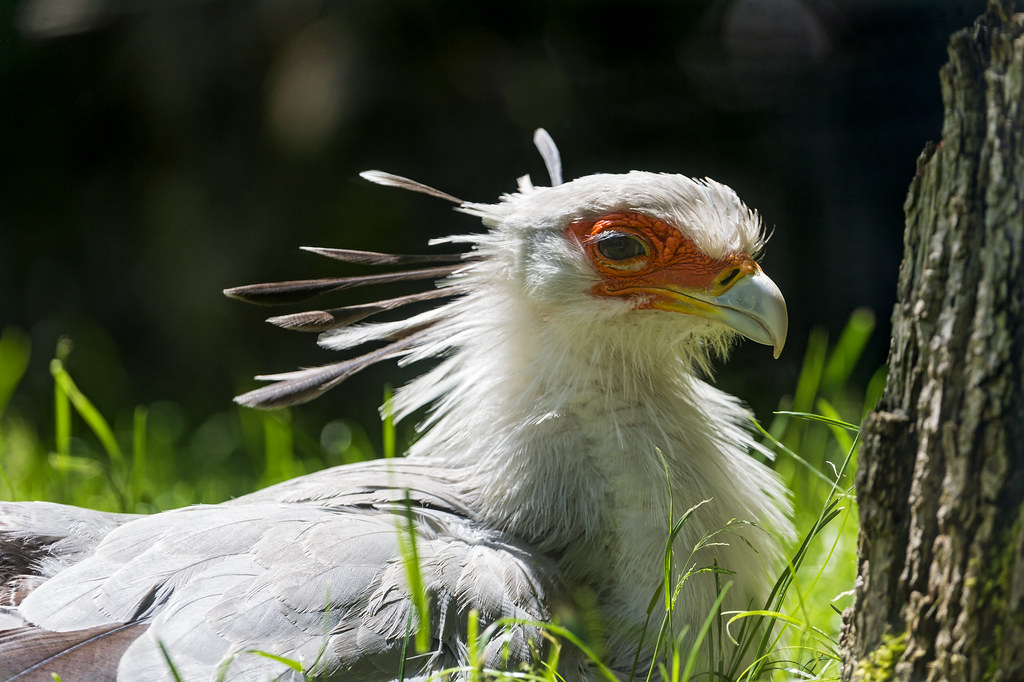
Research published in Current Biology has revealed the remarkable force behind the secretary bird’s signature stomping technique. Using high-speed cameras and force plates, scientists discovered that these birds can deliver a killing blow to their prey in just 15 milliseconds—about five times faster than the blink of a human eye. The force generated by their stomps has been measured at approximately 195 Newtons, which is equivalent to five times their body weight concentrated into a small, precise strike area. This impressive striking force allows secretary birds to effectively kill or stun even dangerous prey like venomous snakes without risking injury. Remarkably, these birds appear to have an innate stomping behavior, as even hand-raised specimens demonstrate the technique without having observed it from parents or other secretary birds.
Hunting Strategy: The Stomp and Strike Method
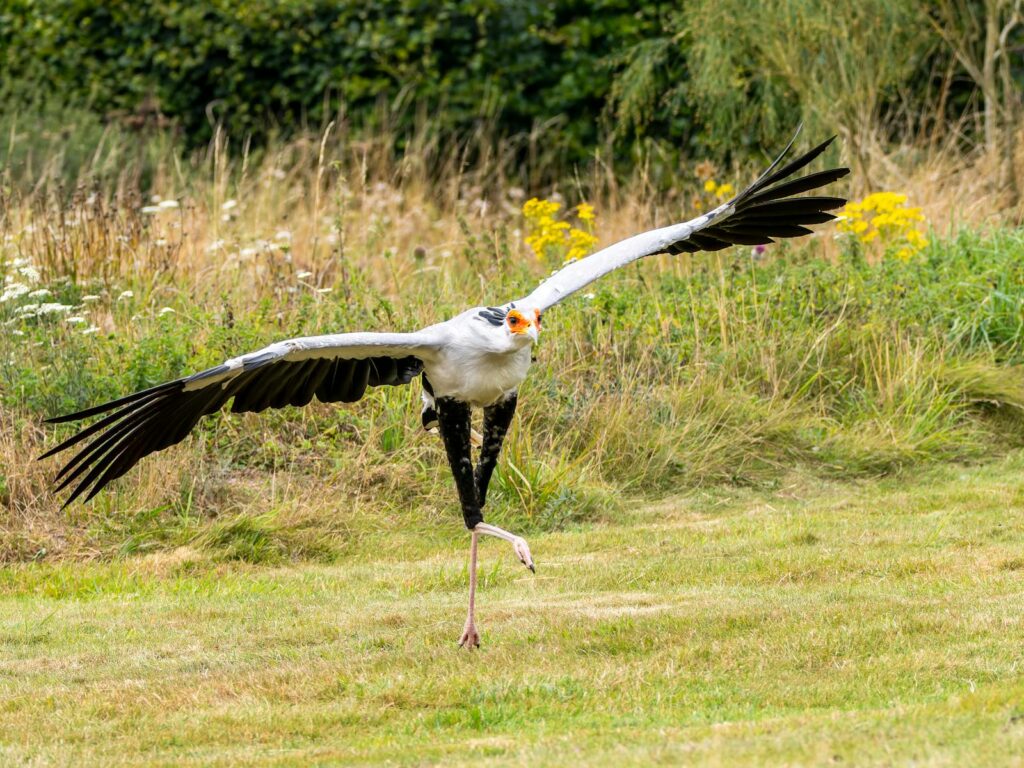
The secretary bird’s hunting strategy begins with its methodical patrol through grasslands, using its height advantage to scan the surroundings for movement. Upon detecting potential prey, the bird enters a focused stalking mode, approaching with deliberate steps while keeping its body positioned for a quick strike. When within range, the secretary bird lunges forward with dramatic speed, employing a powerful stomp aimed directly at the prey’s head or body to deliver a stunning or killing blow. For particularly resilient or dangerous prey like snakes, the bird will execute a rapid series of stomps—sometimes delivering up to 12 strikes per second—before retreating slightly to assess the result. This strike-and-retreat pattern continues until the prey is subdued, at which point the bird may pick it up with its beak to swallow it whole or tear it into manageable pieces.
Specialized Snake Hunters
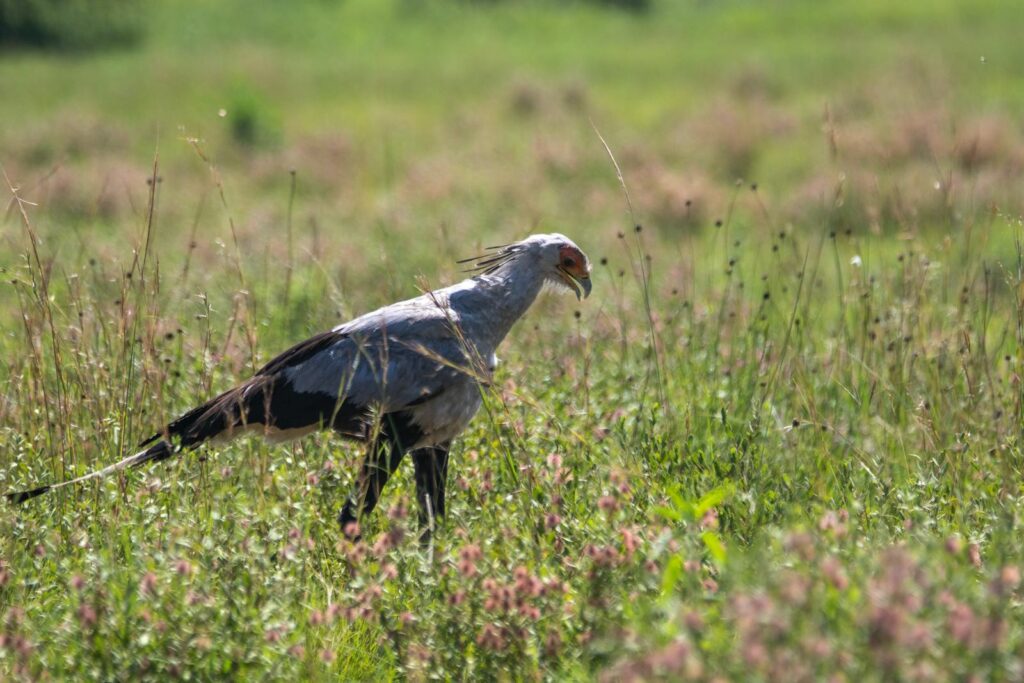
While secretary birds hunt a variety of prey, they have earned particular fame for their ability to safely dispatch venomous snakes. Their specialized hunting technique keeps them beyond striking range of even the most dangerous serpents, including cobras and black mambas. When hunting snakes, secretary birds display heightened alertness, often raising their wings slightly to distract the snake while positioning themselves for a precise head strike. Their incredibly thick, scale-like feathers on their legs serve as natural “snake gaiters,” providing protection against potential bites. This natural armor, combined with their quick reflexes and precise striking ability, makes them one of the few predators capable of regularly hunting and consuming venomous snakes without falling victim themselves—a remarkable ecological adaptation that has earned them protected status in many African countries for their role in controlling snake populations.
The Evolutionary Advantage of Stomping
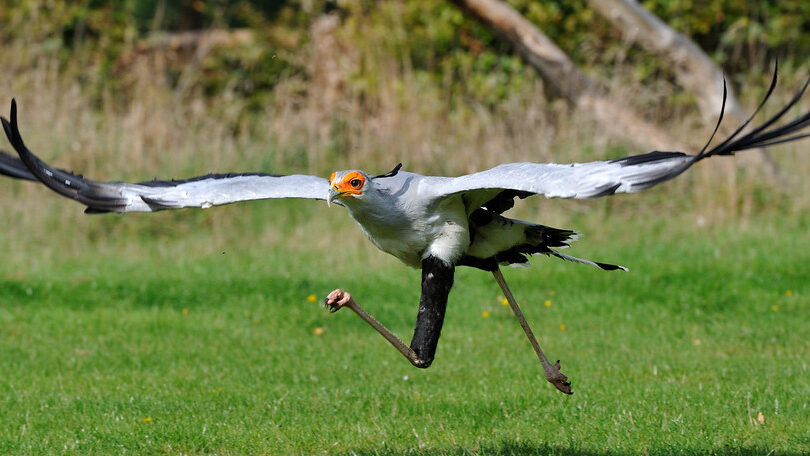
The stomping behavior of secretary birds represents a fascinating example of evolutionary adaptation to a specific ecological niche. This hunting strategy likely evolved as a way to safely handle dangerous prey, particularly venomous snakes that could deliver a fatal bite to predators that attempted to use their mouths for capture. By developing powerful legs and a precise striking technique, secretary birds gained access to a food source largely unavailable to other predators, reducing competition and increasing their chances of survival. Additionally, their ground-hunting strategy allows them to exploit prey that typically hides from aerial predators, further broadening their food sources. This specialized hunting behavior demonstrates how natural selection can drive the development of unique predatory techniques when they provide significant survival advantages.
Diet Beyond Snakes: Versatile Hunters
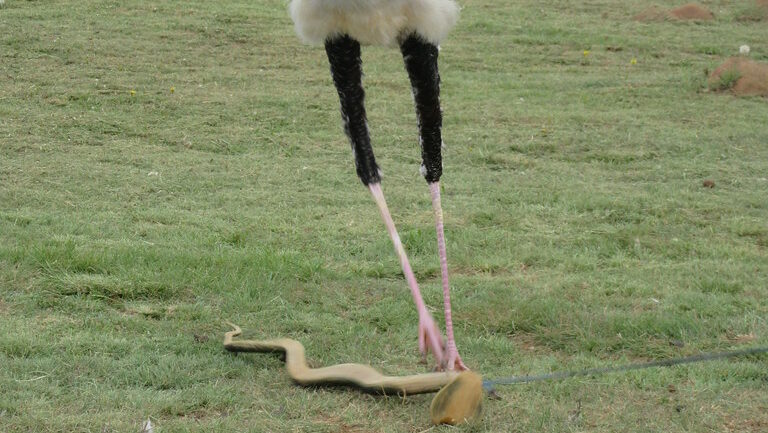
While secretary birds are renowned for their snake-hunting prowess, their diet extends far beyond serpents to include a remarkably diverse array of prey. Small mammals like rodents, hares, and mongoose make up a significant portion of their diet, as do ground-nesting birds and their eggs. These versatile predators also consume numerous insects, particularly large species like locusts and beetles, along with amphibians, small reptiles, and even crustaceans when available. Their dietary flexibility allows secretary birds to adapt to seasonal changes in prey availability and local habitat conditions. During particularly dry seasons, they may increase their consumption of insects and small mammals, while in wetter periods, they might target more amphibians and reptiles that become active during favorable conditions.
The Role of Childhood Learning
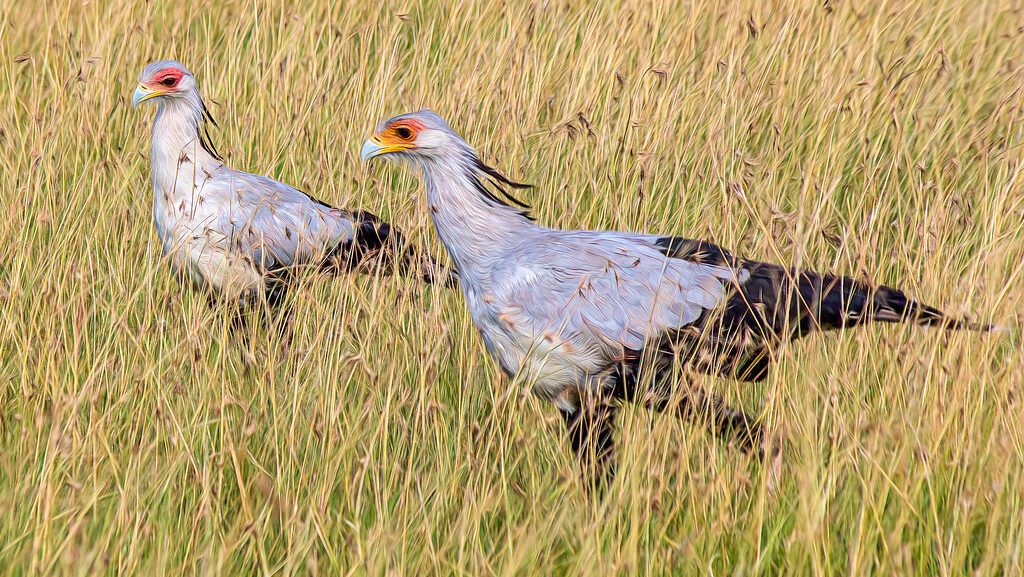
Young secretary birds engage in fascinating behavioral development that helps refine their signature stomping technique. Juvenile birds can be observed practicing their strikes on inanimate objects, tufts of grass, or even siblings in playful interactions that strengthen their legs and improve coordination. Parents gradually introduce live prey to their offspring, starting with smaller, less dangerous insects before progressing to more challenging targets. This graduated learning process typically takes about 3-4 months, during which time the young birds remain dependent on their parents while developing the skills necessary for independent hunting. Researchers have noted that this extended learning period is crucial for developing the precise timing and force control needed for effective stomping, suggesting that while the basic stomping instinct appears innate, its refinement requires significant practice and experience.
Social Structure and Breeding Behavior
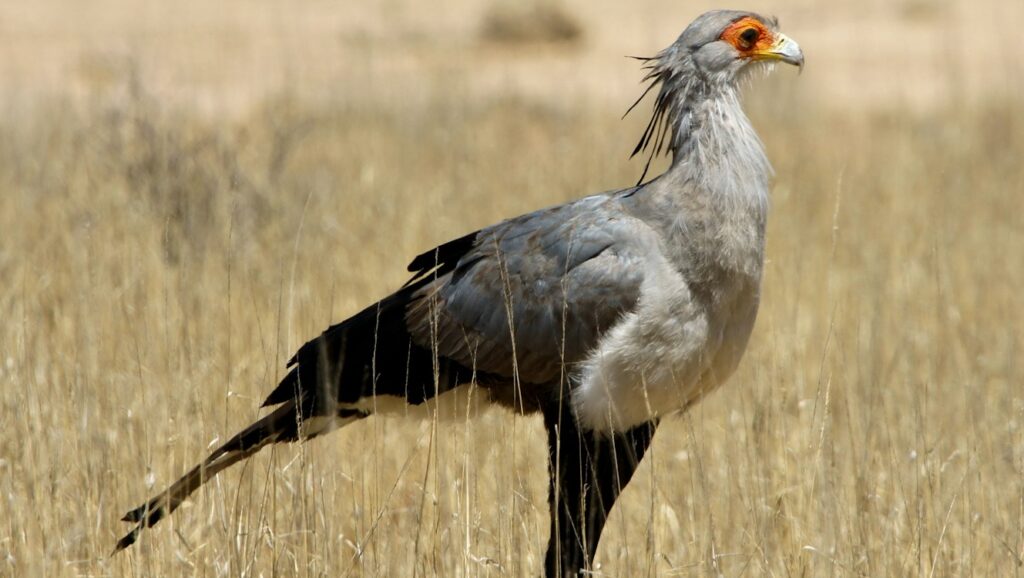
Secretary birds typically live in monogamous pairs that maintain large territories ranging from 20-60 square kilometers. These pairs engage in spectacular courtship displays that include synchronized soaring, dramatic aerial maneuvers, and ritualized feeding behavior to strengthen their bond. Once paired, they construct massive platform nests of sticks in flat-topped acacia trees, where females lay 1-3 eggs that both parents incubate for approximately 45 days. The breeding process reflects their hunting strategy, as both parents hunt independently during the day to provide food for their offspring, demonstrating the same methodical stomping technique when collecting prey to bring back to the nest. Young secretary birds remain in the nest for up to 65-80 days, an exceptionally long period compared to most birds, giving them ample time to develop the strong leg muscles necessary for their specialized hunting technique.
Conservation Challenges
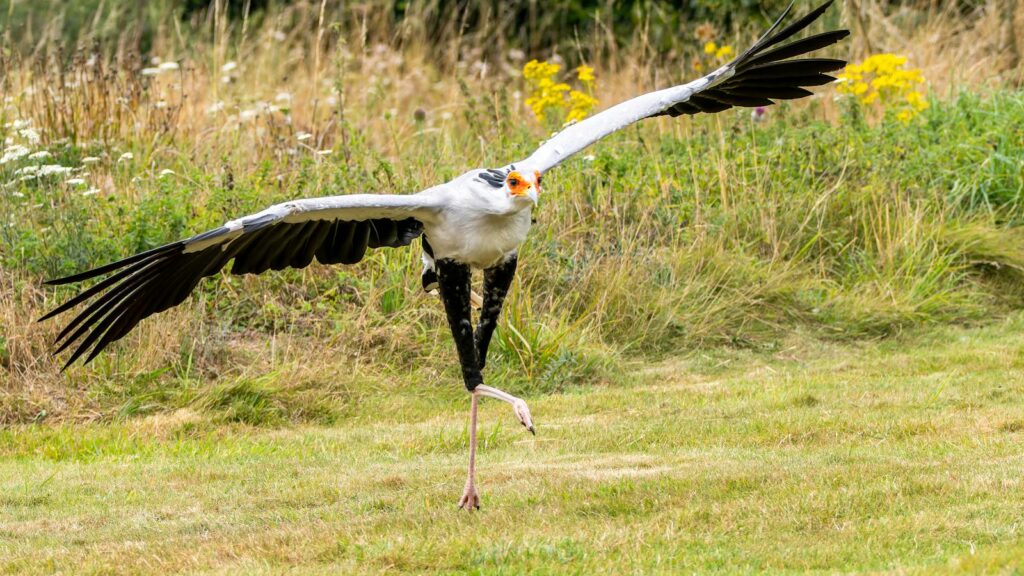
Despite their impressive hunting abilities, secretary birds face significant conservation challenges that have led to population declines across much of their range. Habitat loss represents their greatest threat, as grasslands and savannas are increasingly converted to agricultural land or lost to urban development. Their requirement for large territories means they are particularly vulnerable to habitat fragmentation, which can isolate breeding pairs and reduce genetic diversity. Additional threats include collisions with power lines, vehicle strikes, and secondary poisoning from pesticides targeting rodents and insects that form part of their diet. The International Union for Conservation of Nature (IUCN) has classified secretary birds as Vulnerable, with some regional populations experiencing declines of over 50% in recent decades, highlighting the urgent need for conservation efforts focused on preserving the open habitats these unique birds require.
Cultural Significance
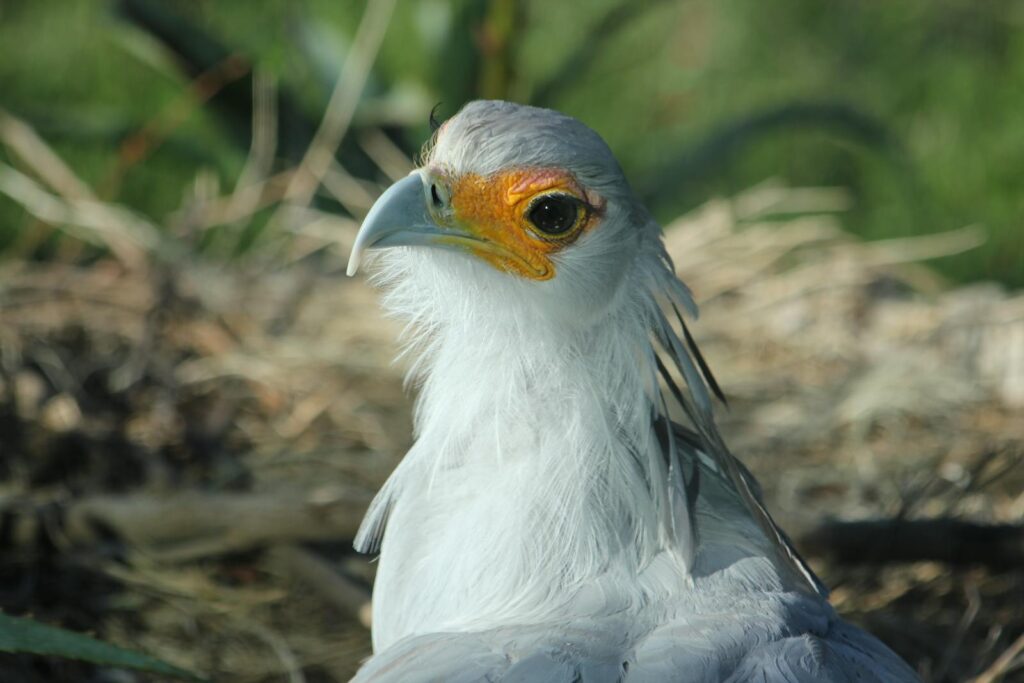
Secretary birds have captured human imagination across various African cultures, becoming important figures in folklore, traditional medicine, and national symbolism. Their name allegedly derives from their crest of black feathers that early European settlers compared to quill pens that secretaries would tuck behind their ears. In several African nations, including Sudan and South Africa, the secretary bird appears on national emblems, coats of arms, and currency as a symbol of strength, protection, and national pride. Traditional healers in some communities have historically attributed medicinal properties to various parts of the secretary bird, particularly the legs believed to provide strength and protection against snakebites. Their distinctive appearance and behavior have also made them popular subjects in wildlife documentaries, further cementing their cultural significance as one of Africa’s most recognizable and admired birds.
Adaptations for Survival
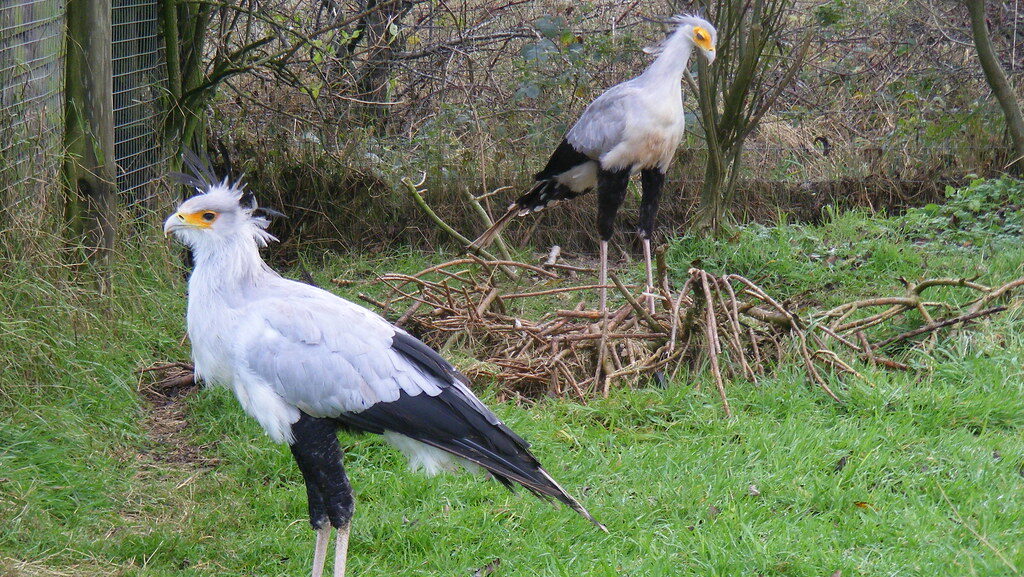
Beyond their remarkable stomping technique, secretary birds possess numerous adaptations that enhance their survival in challenging environments. Their elevated position, standing up to 4 feet tall, provides an excellent vantage point for spotting prey in tall grass while simultaneously making them visible to potential mates across long distances. The distinctive black “secretary” crest feathers serve multiple functions, including species recognition, mate attraction, and possibly even sun protection for the head. Their wings, while powerful enough for flight, have evolved to be particularly effective as balancing tools during precision stomping attacks, spreading wide to stabilize the bird as it delivers powerful downward strikes. Perhaps most remarkable is their visual system, which includes extraordinarily large eyes with specialized focusing capabilities that allow them to spot tiny prey movements from significant distances, giving them a crucial advantage in their grassland hunting grounds.
Learning from Nature’s Design
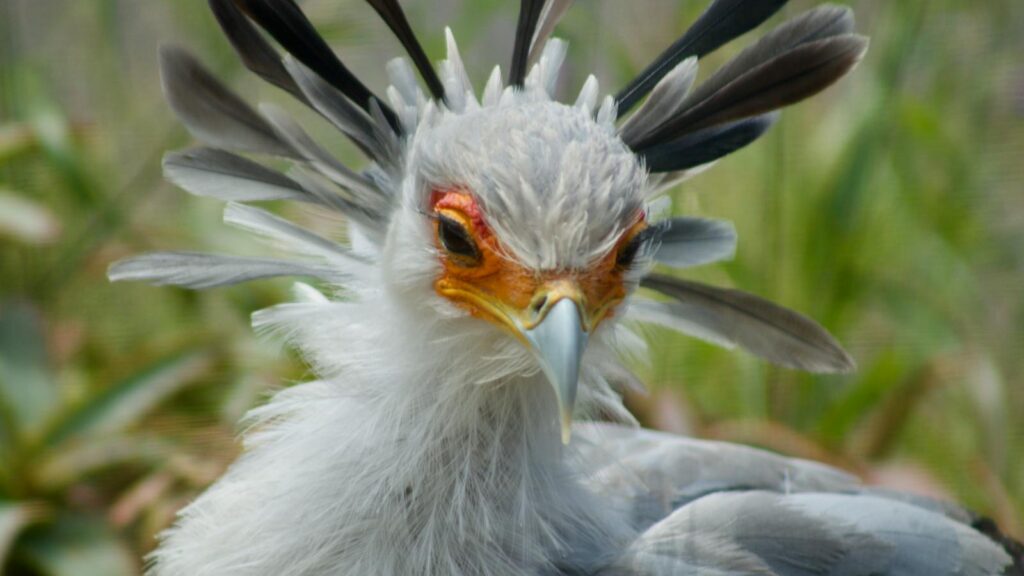
The secretary bird’s remarkable stomping technique has inspired scientific research beyond ornithology, influencing fields ranging from robotics to biomechanics. Engineers studying bipedal robot design have examined the secretary bird’s leg structure and striking motion to develop more efficient and stable walking robots capable of navigating uneven terrain. The bird’s ability to deliver precise, powerful strikes while maintaining balance has particular relevance for developing robots intended for search and rescue operations in unstable environments. Biomechanical researchers have studied the energy efficiency of the secretary bird’s hunting technique, noting how the birds store and release energy through specialized tendon structures that maximize striking force while minimizing muscular effort. These natural adaptations provide valuable insights for human applications, demonstrating once again how evolution has produced elegant solutions to complex problems that modern technology continues to emulate.
The secretary bird stands as one of nature’s most remarkable specialized predators. Their distinctive stomping hunting technique represents a perfect example of evolutionary adaptation, allowing these birds to exploit a dangerous food source with minimal risk. As climate change and habitat loss continue to threaten grassland ecosystems across Africa, conservation efforts become increasingly vital to ensure these magnificent birds can continue their important ecological role. The secretary bird reminds us that sometimes the most fascinating adaptations in nature aren’t the most obvious – in this case, the deadly precision of a stomp has proven just as effective as talons or teeth in the endless dance of predator and prey.
